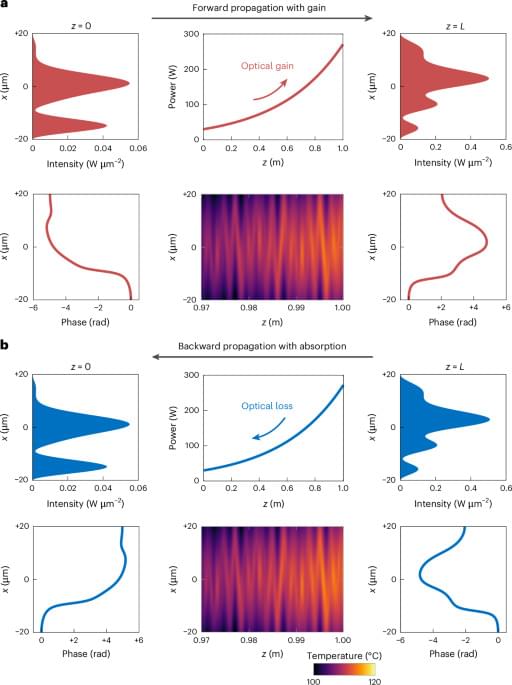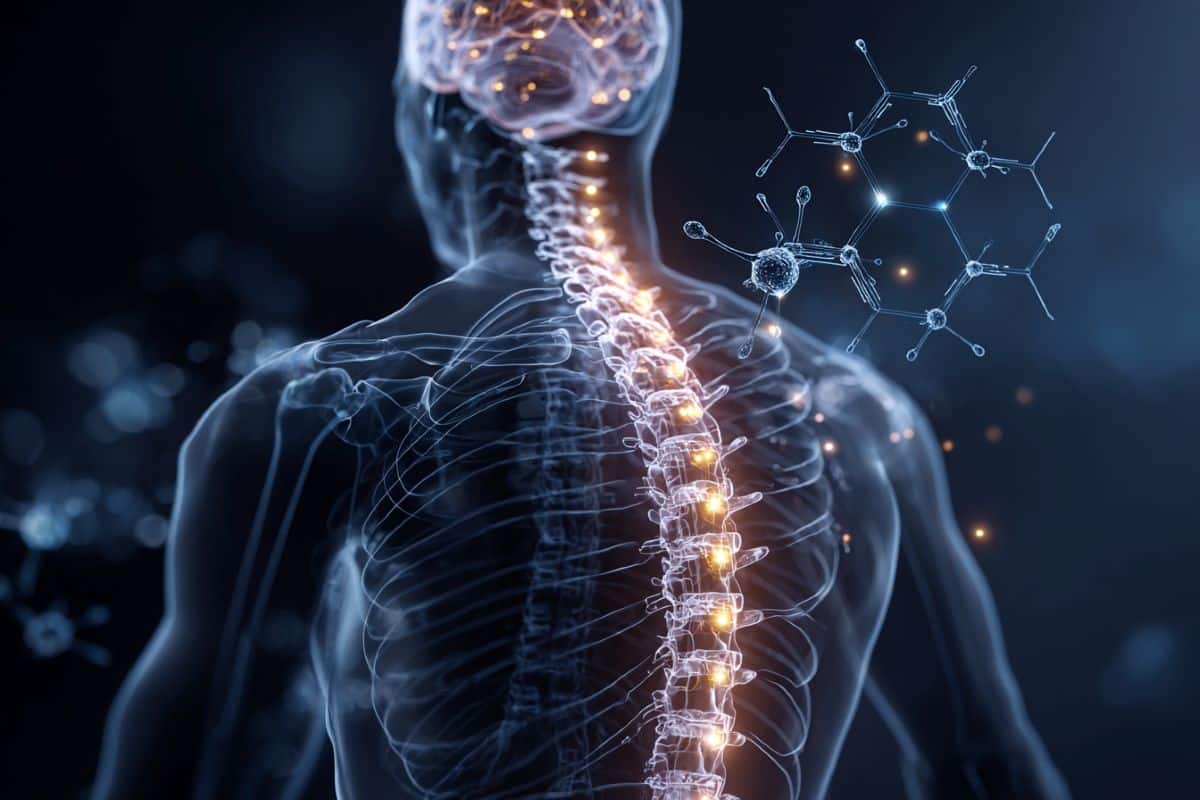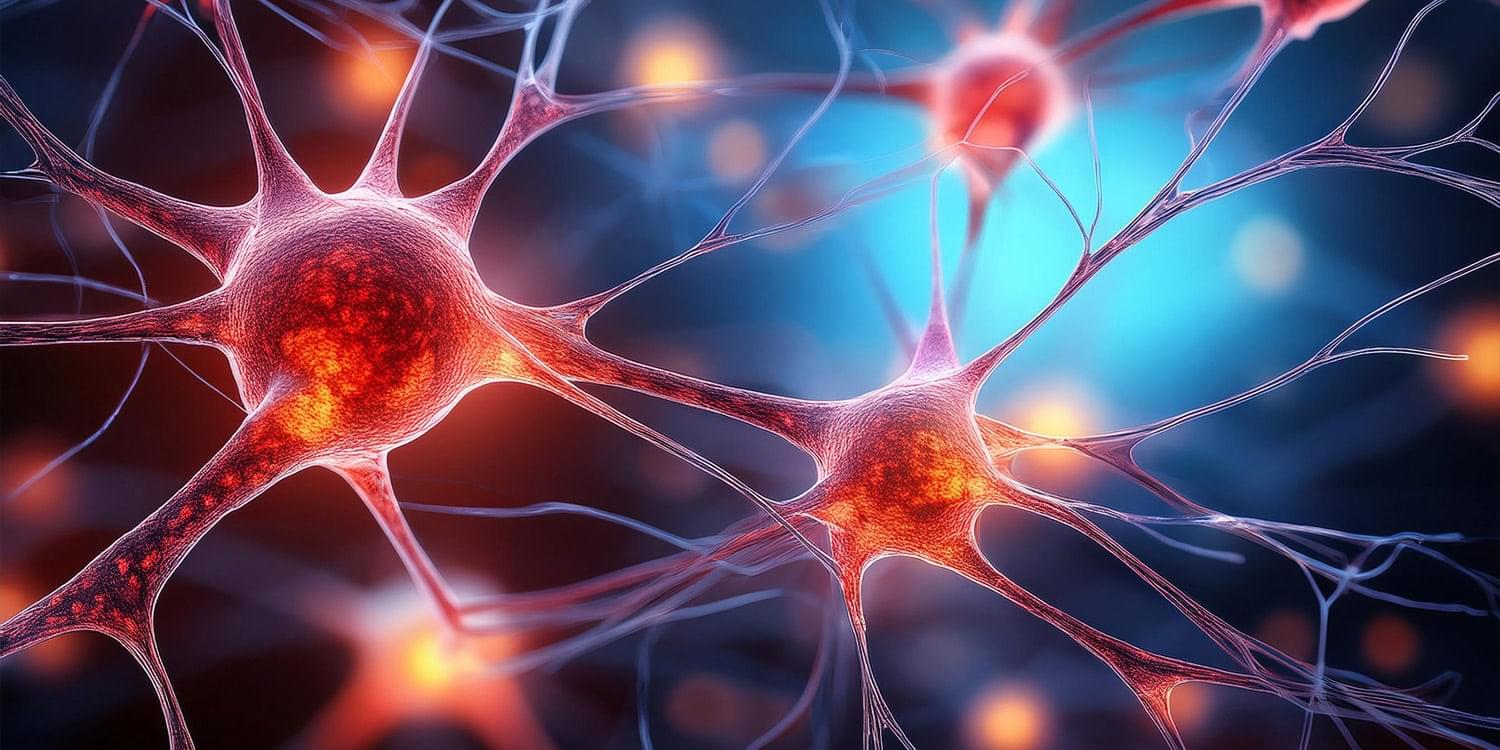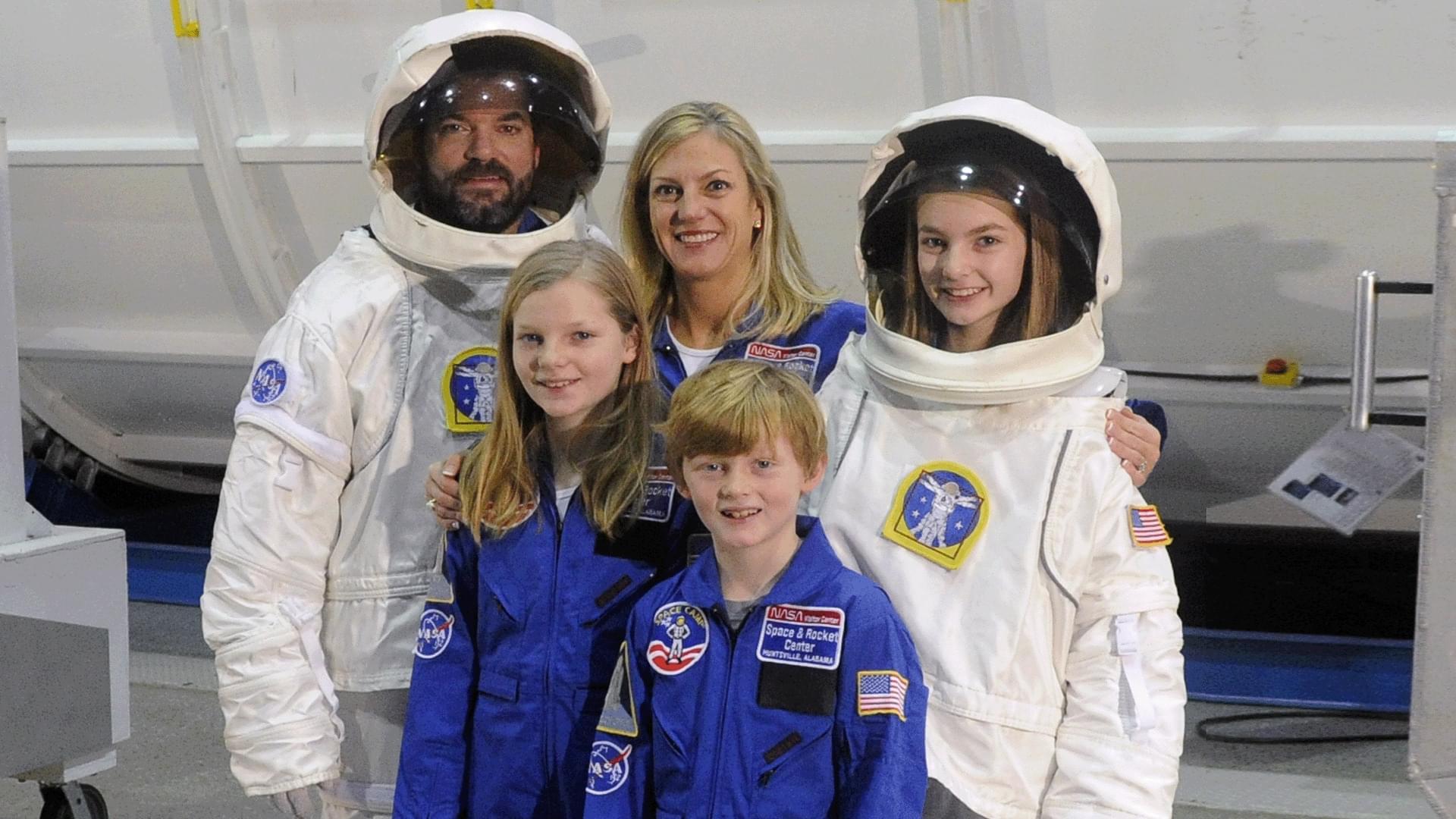In many optical systems with time-reversal symmetry, it is possible to control the output waves by shaping the input fields. Now a scheme is presented that works for multimode fibres that lack time-reversal symmetry due to thermal effects.




If you think a galaxy is big, compare it to the size of the universe: it’s just a tiny dot which, together with a huge number of other tiny dots, forms clusters that aggregate into superclusters, which in turn weave into filaments threaded with voids—an immense 3D skeleton of our universe.
If that gives you vertigo and you’re wondering how one can understand or even “see” something so vast, the answer is: it isn’t easy. Scientists combine the physics of the universe with data from astronomical instruments and build theoretical models, such as EFTofLSS (Effective Field Theory of Large-Scale Structure). Fed with observations, these models describe the “cosmic web” statistically and allow its key parameters to be estimated.
Models like EFTofLSS, however, demand a lot of time and computing resources. Since the astronomical datasets at our disposal are growing exponentially, we need ways to lighten the analysis without losing precision. This is why emulators exist: they “imitate” how the models respond, but operate much faster.


A new study has found that a chick’s ability to mentally organize numbers along a line from left to right is not learned but is instead a direct result of brain specialization that occurs before hatching. Researchers found that exposing chick eggs to light in the final days of incubation causes the two hemispheres of the brain to develop distinct functions, which in turn establishes an innate tendency for the chicks to count from left to right.
For many years, scientists and philosophers have debated the origins of the “mental number line,” a common intuition where people visualize smaller numbers on the left and larger numbers on the right. The prevailing theory suggested this was a cultural artifact, learned through years of reading and writing in a left-to-right direction.
However, this idea has been challenged by findings that pre-verbal infants and even some animals exhibit a similar spatial bias for numbers, suggesting a deeper, biological foundation. Researchers have hypothesized that this foundation lies in brain lateralization, the process where the left and right hemispheres of the brain become specialized for different cognitive tasks. While this connection seemed plausible, there was little direct experimental evidence to confirm that brain specialization actually causes this numerical mapping.

NASA is gearing up for a landmark late-September launch featuring three pivotal spacecraft: the Interstellar Mapping and Acceleration Probe (IMAP), the Carruthers Geocorona Observatory, and NOAA’s Space Weather Follow-On (SWFO-L1). The missions are being prepared at Astrotech Space Operations, a Lockheed Martin subsidiary in Titusville that has become one of the nation’s premier spacecraft processing hubs.
Astrotech regularly integrates spacecraft for NASA, the Department of Defense, and commercial providers, and recently hosted media for a rare look inside its cleanroom facilities.
Under the leadership of Principal Investigator David McComas, professor of astrophysical sciences at Princeton University, and built by Johns Hopkins University Applied Physics Laboratory, IMAP continues the legacy of NASA’s 2008 IBEX mission.

EPFL researchers have developed a powerful method to generate brain-wide, biologically realistic wiring maps of the mouse brain. Their approach bridges experimental data with mathematical and computational modeling to simulate how neurons connect across the entire brain.
The study is published in the journal Nature Communications.
One of neuroscience’s greatest challenges is understanding how the brain is wired. Even with modern imaging tools, it has been a challenge to create detailed maps that show how the brain’s billions of cells (neurons) connect, not just with their local “neighbors” but also to other, more distant cells in the brain.


As summer winds down, many of us in continental Europe are heading back north. The long return journeys from the beaches of southern France, Spain, and Italy once again clog alpine tunnels and Mediterranean coastal routes during the infamous Black Saturday bottlenecks. This annual migration, like many systems in our world, forms a network—not just of connections, but of communities shaped by shared patterns of origin and destination.
This is where network science —and in particular, community detection—comes in. For decades, researchers have developed powerful tools to uncover communities in networks: clusters of tightly interconnected nodes. But these tools work best for undirected networks, where connections are mutual. Graphically, the node maps may look familiar.
These clusters can mean that a group of people are all friends on Facebook, follow different sport accounts on X, or all live in the same city. Using a standard modularity algorithm, we can then find connections between different communities and begin to draw useful conclusions. Perhaps users in the fly-fishing community also show up as followers of nonalcoholic beer enthusiasts in Geneva. This type of information extraction, impossible without community analysis, is a layer of meaning that can be leveraged to sell beer or even nefariously influence elections.
